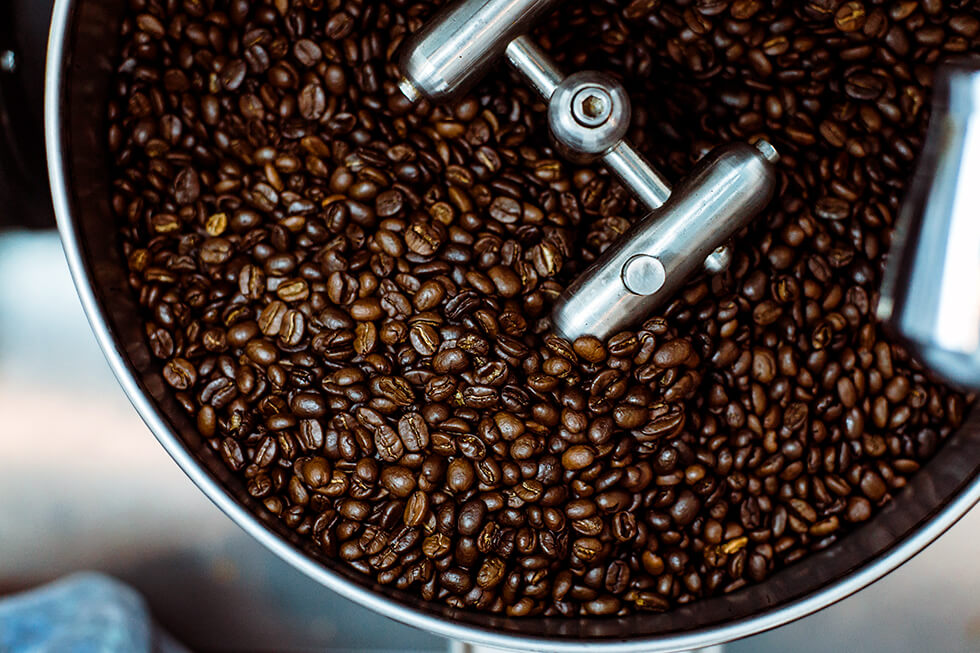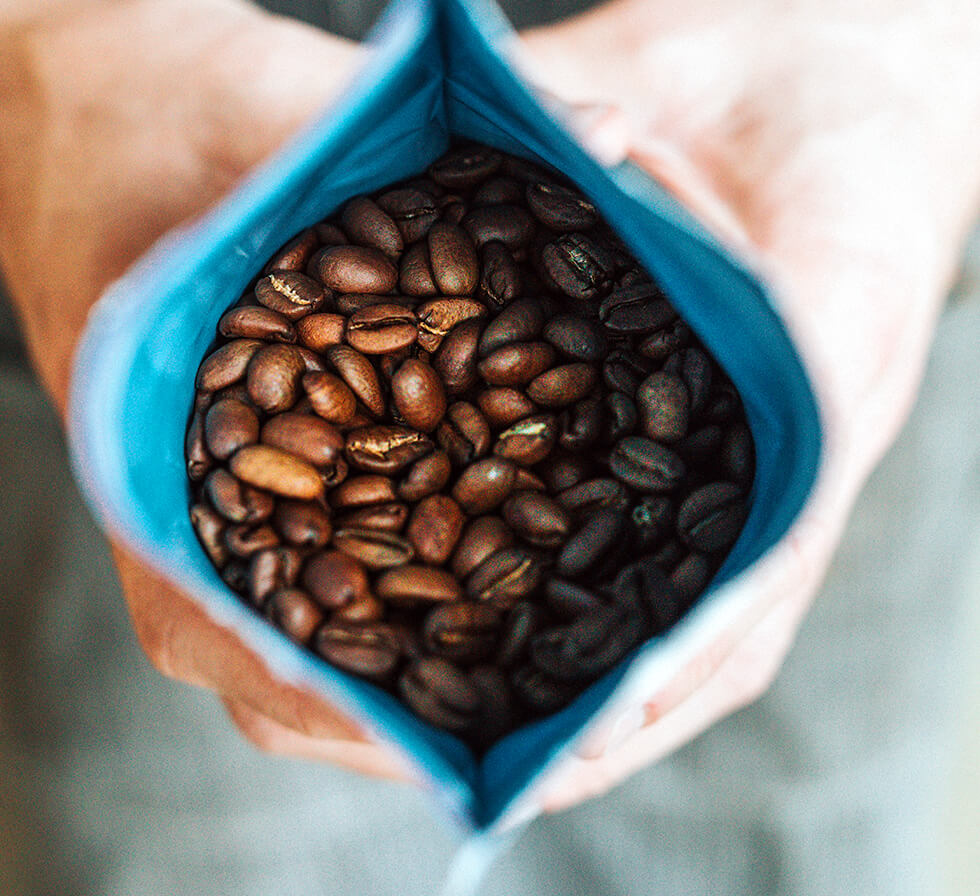Did you know that an average person can drink up to six cups of coffee without ill effects each day? That’s a lot of coffee but it’s not worth it unless you have the best beans. Coffee makes staying at home a more enjoyable and fulfilling experience, after all. To make the most out of it, you must be careful in choosing your coffee beans.
If you haven’t bought on your own before, you might feel lost and confused. Don’t lose hope yet, we’re here to help.
In this guide, you’ll learn how to buy the best coffee beans. Read on and learn some tips to find reputable sellers of high-quality beans in the market:
1. Always Go for Whole Beans

This tip is your most important priority. It’s tempting to get pre-ground coffee since it’s convenient, but the trade-off is missing out on flavor. This isn’t a fair trade since you’re sacrificing the overall taste to save a few seconds.
Take note, a flavorful, aromatic coffee’s enemy is air. Once you remove the hard, outer shell of the coffee bean, the oxidation process gets faster. This means bad news to the flavor since it gets muted faster too.
Your cup of coffee is richer if you grind the beans right before you brew. Don’t compromise and aim for whole beans when buying your coffee beans.
2. Check the Roast Date

Coffee doesn’t have an indefinite shelf life. The good news is that you’re unlikely to get sick when you drink coffee brewed using year-old beans. The bad news is that the coffee won’t have the best taste compared to its fresher counterpart.
When coffee beans leave their roasting environment, its chemical composition will change. The bean will release carbon dioxide because of the roasting process. Experts call this process degassing.
As the beans undergo this process, the oils will oxidize, meaning the bean’s flavor declines. The freshness of coffee beans is subjective. But as a general rule, pick coffee beans within two weeks of their roast date, depending on your brewing process.
For example, pour-over coffee beans are in peak condition within the first week of its roasting. It’s because the coffee bloom is more brilliant and closer to the roast date. But for espresso, your beans should rest for the 7-9 days for best flavor.
3. Identify the Coffee Roaster

If your beans come from the local grocery or an independent coffee shop, search for the people who roasted the beans. The good ones often gain a reputation within the coffee community and beyond. For example, the United States has an annual Good Food Award for the country’s best roasters.
Each roaster will have its way of roasting coffee beans. They’re known for their craft dedication, meaning you’re getting great beans when the label boasts its roaster.
4. Look for the Bean’s Origins

The final flavor of coffee beans will depend on a large variety of factors. It means the altitude, soil chemistry, sunshine, and precipitation all play a part. It means the origin of the beans will indicate their taste.
Most coffee trees grow along the “Bean Belt”. It’s a zone within 25 degrees north and 30 degrees south along the equator. That’s why it’s important to ask your barista where the coffee beans originated from.
Over 50 countries make coffee, so either the barista or the bag’s label should have the information. Otherwise, it’s a red flag and should lead you to rethink your choice. Regardless, pick beans from famous countries and familiarize yourself with its flavor profile.
Exploring various coffee flavors using their regions as a reference is a treat. After all, the processing techniques and the climates will differ. Do this even when you already have favorites since discovering new flavors can enrich your coffee drinking experience.
5. Check for the Fair Trade Description
Fair Trade has lots of descriptions in the world of food labeling. If you have experience in buying coffee beans, you might see fair trade labels on the bags. It’s a vital consideration for your coffee bean choice, so it’s better to research about these labels’ meaning.
Fair Trade International
This organization aims to give opportunities to disadvantaged producers to get fairer trade conditions. In essence, their belief revolves around the fact that everyone can get sustainable development as long as the trade has transparency and better organization. They have FLO-CERT, a third-party organization that audits products using their label.
Fair Trade Certified
This nonprofit organization is from the United States. They welcome all producers, regardless of their income levels. Their goal is to empower communities by using a trade model that benefits all involved parties, from farmers to consumers.
Fair for Life
Certifications from Fair for Life aren’t specific to coffee products. This nonprofit organization will certify the process, step by step. They also certify companies whenever possible, as long as it coincides with their goal of promoting morally upright and respectful partnerships for all parties involves in the coffee-making process.
Fair Trade Federation
This organization is rigorous when it comes to fair trade standards for member companies. They have nine principles members must follow. Otherwise, their certification and membership get revoked.
6. Avoid 100% Pure Coffee Labels
A package specifying that it’s 100% pure coffee is a cause for concern. Roasters have no need to call this out since a coffee package shouldn’t contain anything else in the first place. Also, the term pure coffee is too broad.
Besides, a trustworthy coffee brand has no need for this unnecessary label. Keep it in mind since it’s often indicative of a lack of other redeeming features.
7. Don’t Buy Big Bags
Buying in bulk saves money, but the quality will degrade in time. If the roaster only sells large coffee bags, find another source. Use the same principle when buying a fresh loaf of bread—only get something that can last you for a week or two.

Get the Best Coffee Beans Today!
These are some tips to get the best coffee beans around. Use these when you’re unsure how to start buying coffee in the market.
Of course, you shouldn’t stop with getting the right coffee beans. You also need the best grinder, the best espresso machine, and more. To get all the tips you need, feel free to explore more of our coffee guides right here, right now!
Download the Info-graphic poster without giving your Email.
Because you read the entire article here is your reward.
Just click on the DOWNLOAD button below and you will be able to download the info-graphic instantly without opting-in to our email list. We would appreciate a shout out if you are going to share it in your channel.

Marc Abucejo
Bean to Mug Founder
Marc is a Filipino Organic Coffee Lover and Founder of the Bean to Mug Movement. A Registered Nurse living in Los Angeles; he is very passionate and dedicated in sharing the Filipino Culture through all-natural coffee beans from the Philippines.


